It’s important for emerging musicians in all fields to immerse themselves in those fields. To help, I’ll be releasing a series of basic guides that offer
starting places for learning about your field. It’s critical to note that these guides are very incomplete and meant as entry points for people who have inadequate exposure to their fields. This guide is on opera.
People Involved |
People You Should Know |
20 Operas You Should Know |
Terminology |
Opera History Crash Course (
17th Century |
18th Century |
19th Century |
20th Century) |
Further Resources
People Involved
Creative
I am using “creative” to mean those who write the work
before it’s mounted (produced), since almost all people involved do creative work.
- Composer: Writes all music for an opera (including the orchestration)
- Librettist: Writes all text for an opera (including the sung and unsung portions)
Production Crew (partial list)
- Director
- Producer/Impressario
- Conductor
- Chorus Master
- Stage Manager
- Assistant Director (AD)
- Assistant Stage Manager (ASM)
- Lighting Designer
- Set Designer
- Sound Designer
- Costumer
- Choreographer
- Dialect Coach
- Crew/Stagehands
- Dresser
- Rehearsal Accompanist
- Dramaturg
- Singers
- Chorus
- Supernumeraries (or “Supers”)
People You Should Know
This is a partial list, meant to give you a solid starting place. There are many superb and important people omitted.
Composers
Here is an almost criminally short list of composers for an initial exposure to opera. Read the history crash course below for a more detailed list of significant composers from 1600 to WWII.
- Henry Purcell (1659-1695)
- Georg Frideric Handel (1685-1759)
- Wolfgang Amadeus Mozart (1756-1791)
- Gioachino Rossini (1792-1868)
- Gaetano Donizetti (1797-1848)
- Richard Wagner (1813-1883)
- Giuseppi Verdi (1813-1901)
- Georges Bizet (1838-1875)
- Pyotr Ilyich Tchaikovsky (1840-1893)
- Giacomo Puccini (1858-1924)
- Richard Strauss (1864-1949)
- Benjamin Britten (1913-1976)
There are so many excellent and important performers in opera. Here is an
introductory list of famous singers to get you started.
- Sopranos: Kathleen Battle, Barbara Bonney, Maria Callas, Kirsten Flagstad, Renée Fleming, Anna Netrebko, Jessye Norman, Leontyne Price, Elisabeth Schwartzkopf, Joan Sutherland, Dawn Upshaw
- Mezzo-Sopranos: Cecilia Bartoli, Marilyn Horne
- Contralto: Ewa Podles
- Countertenors: David Daniels, Phillipe Jaroussky, Andreas Scholl
- Tenors: Placido Domingo, Niccolai Gedda, Jonas Kaufmann, Luciano Pavarotti, Fritz Wunderlich
- Baritones: Dietrich Fischer-Dieskau, Bryn Terfel
- Basses: Kurt Moll, Ezio Pinza, Samuel Ramey
20 Operas You Should Know
These are the 20 most commonly performed operas at the Met (note that 14 of these are just by four composers: Mozart, Puccini, Verdi, and Wagner). They will give you a good introduction to the field. When the opera is often referred to in translation, I’ve provided the translated title as well. The composer is provided after the dash.
- Aida – Verdi
- Carmen – Bizet
- Cavalleria Rusticana – Mascagni
- Der Rosenkavalier – R. Strauss
- Die Walküre – Wagner
- Die Zauberflöte (The Magic Flute) – Mozart
- Don Giovanni – Mozart
- Faust – Gounod
- Il Barbiere di Siviglia (The Barber of Saville) – Rossini
- Il Trovatore – Verdi
- La Bohème – Puccini
- La Traviata – Verdi
- Le Nozze di Figaro (The Marriage of Figaro) – Mozart
- Lohengrin – Wagner
- Lucia di Lammermoor – Donizetti
- Madame Butterfly – Puccini
- Rigoletto – Verdi
- Tannhäuser – Wagner
- Tosca – Puccini
- Tristan und Isolde – Wagner
Source for these 20 most commonly performed operas:
Raman, Suby. “10 Graphs To Explain The Metropolitan Opera.” Suby Raman (Blog). 26 Oct. 2014. Web. 2 Nov. 2014. <http://subyraman.tumblr.com/post/101048131983/10-graphs-to-explain-the-metropolitan-opera>.
Terminology
Here are some good opera terms to know,
as a start. Research these to learn more. See the further resources section for glossaries and dictionaries to help you find the definitions you don’t know.
You should know the different voice types.
Here’s a good introduction to the 25 most common types. You can also watch videos with samples of these voice types
here and
here.
Other terms you should know:
- Aria
- Arioso
- Basso Buffo
- Bel Canto
- Blocking
- Bravo (female: brava; plural: bravi)
- Castrato (pl. Castrati)
- Comprimario
- Concert Version
- Cue
- Curtain Call
- Da Capo Aria
- Diaphragm (Note: all breathing is “from the diaphragm”)
- Diva (male: divo)
- Encore
- Ensemble
- Fach System
- Falsetto
- Finale
- Larynx
- Leitmotiv
- Libretto, Librettist
- Lied (pl. Lieder)/Art Song
- Maestro
- Music Drama (Wagner)
- Opéra Buffa
- Opéra Seria
- Operetta
- Oratorio
- Overture or Prelude
- Passaggio/Break
- Patter Song
- Piano Reduction
- Prima Donna/Primo Uomo/Principal
- Prompter
- Recitative
- Registers: Fry, Chest, Mix, Head, Whistle
- Rehearsal Pianist/Répétiteur
- Score
- Sitzprobe
- Supertitles/Surtitles
- Tessitura
- Understudy/Cover
- Vibrato
You should also know the parts of the stage (
image source):

Opera History Crash Course
This is intended just as an introductory guide to opera. In order to make it short, many points are glossed over, omitted, or simplified. This coverage is primarily based upon these two books:
Burkholder, J. Peter., et al. A History of Western Music. 7th ed., New York, W.W. Norton, 2006.
Miller, Hugh M, and Dale Cockrell. History of Western music. 5th ed., New York, NY, HarperPerennial, 1991.
The Birth of Opera
Opera was born around 1600. Its direct ancestors are pastoral dramas, madrigals, and (most directly)
intermedii. An
intermedio was a series of musical interludes before, after, and between the acts of plays. The first opera was probably a little-known 1598 opera titled
Dafne.
17th Century Opera
17th century opera is generally divided into 3 periods:
- Humanist Court Opera: 1600-1635
- Started in Florence (Medici Family), then was carried into Mantua (Gonzaga family), and Rome (Barberini, the pope at the time)
- Key Terms: The (Florentine) Camerata, Monody, Recitative,
- Notable works: Monteverdi’s L’Orfeo (considered by some to be the first great opera; introduced arioso)
- Dramma Per Musica: 1637-1680
- Started in Venice (with the opening of the first public opera theatres in 1637) and was then exported to Paris starting in the 1640s
- Key Terms: Impresario, diva,
- Notable composers: Cavalli, Cesti, Monteverdi (later works, like Coronation of Poppea in 1643)
- European Spectacle: 1650-1690
- Rome: Kept to their own style of opera
- France: Acted in reaction to the Dramma Per Musica, initially rejecting the idea of sung dialogue (recitative). Lully was given a monopoly on creating French opera. He created the tragédie en musique
(AKA- Tragédie Lyrique).
- German Countries: Adopted the Dramma Per Musica and were late to form their own traditions. The first German opera was by Schütz. The first German opera houses opened in Hamburg in 1678.
- England: Largely rejected sung dialogue (recitative) and kept to the tradition of the Masque (which combined music, dance, and scenic spectacle). Notable exceptions that were sung-through operas were Blow’s Venus and Adonis (1683) and a still prized opera by Purcell, Dido and Aeneas (1689).
- Spain: Kept to its own traditions.
One important feature of many of the operas of the 17th century was the
da capo aria.
- The da capo aria was very common in late 17th century opera (as well as in Scarlatti cantatas).
- Form: ABA (ternary)
- Instrumental ritornellos divide up the three parts
- A section: typically a small, 2-part form
- B section: in a new key and mode (switches from major to minor or vice versa); reflects the change of emotion in the text
- A section: the second A section often includes embellishment by the singer of the original melody
18th Century Opera
Opera spread to all of Europe in the 18th century. The orchestra and the plot both became more important. There were greater questions of genre and more blurring between genres. Many countries developed serious and comic operatic traditions:
| Country |
Comic Opera |
Serious Opera |
| Italy |
Opera Buffa |
Opera Seria (Metastasio) |
| France |
Opéra Comique |
Grand Opera |
| England |
Popular Opera: Ballad Opera |
|
| Germany |
Singspiel |
Serious German Opera |
ITALY in the 18th Century
- Early 18th Century: Comic opera from Naples and Venice merged to form Italian comic opera: opera buffa (AKA- Dramma giocossa, dramma comico, or commedia per musica)
- 1786-1790: Mozart wrote a series of opera buffa with his librettist Lorenzo da Ponte: Le nozze di Figaro (The Marriage of Figaro, 1786), Don Giovanni (1787), and Così fan tute (Thus Do All Women, 1790).
- The intermezzo emerged. This was an 18th century version of the intermedio. These were short, comic musical interludes between acts of a serious opera or play.
- 1720: Emergence of opéra seria (dramatic Italian opera). This was modeled after the poet Metastasio and often featured the da capo aria. Johann Adolfe Hasse was considered the master of opéra seria.
FRANCE in the 18th Century
- 1710: French Opéra comique, which featured spoken dialogue
- 1752: Querelle des bouffons, a pamplhet war of French vs. Italian opera
- Late 18th century: emergency of France Grand opéra
ENGLAND in the 18th Century
Ballad operas were popular operas in England (such as John Gay’s
The Beggar’s Opera). These peaked in popularity in the 1730s, but remained influential in Britan and the US for decades. They included spoken dialogue.
GERMANY in the 18th Century
- Serious German opera thrived in the 17th and 18th centuries
- Singspiel, German comic opera, first appeared in Vienna in the 1710s. Its main composer was Johann Adam Hiller.
- Mozart’s Die Entführung aus dem Serail (The Abduction from the Seraglio, 1782) raised the Singspiel to the level of a serious artwork.
THE GLUCK REVOLUTION
In 1774, the composer Christoph Willibald Gluck spearheaded a revolution in opera that sought to combine the French stateliness, Italian melodic grace, and German seriousness, as well as to lessen the contrast between recitative and aria. Gluck also felt that embellishment in the second A section of da capo aria form had become excessive and sought to reign that in. His efforts to revolutionize opera were evident in his 1774 version of
Orfeo ed Euridice.
Opera in the 19th Century
19th Century Opera at a Glance
 19th Century Opera Overview
19th Century Opera Overview
EARLY 19th CENTURY
- Composers followed national trends. Italian composers dominated. New types of opera were cultivated in France and Germany.
- Golden age of opera in the first half of the 19th century.
- 1850: A permanent repertory of operas began to emerge.
LATE 19th Century
- Strong national school continued in Italy, France, and Germany.
- Melodies became more syllabic and less ornamented.
- Audience etiquette changed and it became gradually unacceptable to talk during performances.
- Reminiscence motive: In opera, a motive, theme, or melody that recurs in a later scene, in order to recall the events and feelings with which it was first associated. Used by Verdi and Donizetti. Similar to Wagner’s Leitmotif.
ITALIAN Opera in the 19th Century
EARLY 19th CENTURY
- Gioachino Rossini (1792-1868): the most famous composer in Europe in the 1820s. He was mainly an operatic composer, including of opéra buffa (Il barbiere di Siviglia or The Barber of Seville, 1813), opéra seria (Guillaume Tell or William Tell, 1829), and hybrids. He helped develop the bel canto style. He sought to have the dramatic action not limited to recitatives, but built into the scenes.
- Vincenzo Bellini (1801-1835): Came into prominence after Rossini retired. Mostly wrote dramatic operas.
- Gaetano Donizetti (1797-1848): Composed over 70 operas. He often avoided cadencing in his music, creating a sense of seamless continuity.
LATE 19th CENTURY
- Giuseppe Verdi (1813-1901): the dominant opera composer in Italy for 50 years after Donizetti. He wrote 26 operas.
- Verismo: an operatic movement that parallels realism in literature, presenting everyday people, generally from lower classes, and depicting brutal or sordid events.
- E.g.: Cavallieria rusticana (1890) by Mascagni or I Pagliacci (1892) by Leoncavallo
- Giacomo Puccini: the most successful Italian opera composer after Verdi. He blended Verdi’s vocal style with Wagner’s approach, including leitmotifs. His scenes are more fluid than in early opera, with a blurred distinction between aria and recitative.
FRENCH Opera in the 19th Century
EARLY 19th CENTURY
- Opera remained the most prestigious music genre in France.
- Grand opera: appealed to the middle class; spectacle was as important as music.
- Leaders in the field included composer Giacomo Meyerbeer (1791-1864) and librettist Eugène Scribe. (E.g.: Les Huguenots)
- Opéra Comique emerged. It included spoken dialogue.
- Operas often included ballets embedded in the operas.
LATE 19th CENTURY
- There was no dominant composer of this period, but Paris remained a center for producing new works.
- Grand opera (such as Verdi’s Don Carlos, 1867) remained prominent through the 1860s and then faded to blend with other types of serious opera.
- Ballet was long a part of opera, but it became popular as an independent genre.
- Lyric opera: a new operatic genre which grew out of the romantic type of opéra comique (but now with sung recitative instead of spoken dialogue). The main appeal was through melody
- Bizet’s Carmen (1875): Started as an opéra comique, but the spoken dialogue was later converted to recitative.
- Opéra bouffe: A new genre of opera that emerged in the 1850s, emphasizing the smart, witty, and satirical elements of comic opera. It was fouded by Jacques Offenbach (1819-1880) and it aimed to satirize opera and society. E.g.: Orphée aux enfers or Orpheus in the Underworld (1858) included a can-can for the gods.
GERMAN Opera in the 19th Century
EARLY 19TH CENTURY
- Der Freischütz (The Rifleman, 1821) by Carl Maria von Weber (1786-1826) established German Romantic opera. It featured ordinary people facing supernatural elements.
LATE 19th CENTURY
- Richard Wagner (1813-83): Brought German Romantic opera to a new height. He created the genre of the music drama (what he called his operas). He also avoided tonal clure, creating a sense of endless melodies.
- Gesamtkunstwerk: a total or collective artwork where poetry, scenic design, staging, action, and music should work together.
- Music was to create the inner drama, while the words told the events and situations.
- Most Notable Works: Tännhauser, Lohengrin, Der Ring des Nibelungen (a cycle of four operas: Das Rheingold, Die Walküre, Siegfried, Götterdämmerung), Tristan und Isolde, Die Meistersinger, Parsifal
- Leitmotiv: a musical theme or motive associated with a person, thing, emotion, or idea in the drama. All the music dramas use these. Different from reminiscence motives, as leitmotifs are, for the most part, short and characterize their subjects at various levels. They are the basic material of the score and are used constantly.
US Opera and Theatre in the 19th Century
EARLY 19th CENTURY
- Foreign-language operas were first presented in translation and then in the original language. Opera were very popular.
- Minstrelsy, a theatrical form with white men in blackface, was the most popular form of musical theatre in the US. It became the first US genre to be exported to Europe.
LATE 19th CENTURY
The Met opened in 1883 and performed European opera
RUSSIAN Opera in the 19th Century
- All operas were imports until 1755. The czar used opera as a propagandist tool.
- Mikhail Glinka (1804-57): The first internationally-recognized Russian composer. His opera, A Life for the Tsar (1836), was a pro-government historical drama.
- Piotr Il’yich Tchaikovsky (1840-93) sought to reconcile nationalist and internationalist tendencies. His operas include Eugene Onegin & The Queen of Spades.
- The Mighty Handful was a group of 5 composers who stood against the professionalism of the conservatories. They all incorporated aspects of Russian folk song, modal and exotic scales, and folk polyphony.
- Balakirev (1837-1910), the leader & only one who studied Western music, would later teach Musorgsky and Rimsky-Korsakov.
- Borodin (1833-1997) wrote Prince Igor
- César Cui (1835-1918) wrote 14 operas, none of which became canonic.
- Musorgsky (1839-1881) wrote Boris Godunov
- Rimsky-Korsakov (1844-1908) wrote 15 operas
OTHER COUNTRIES’ Opera in the 19th Century
- Bohemia (now the Czech Republic) imported opera, but also had:
- Smetana (1824-1884), who wrote The Bartered Bride (1866), an international sensation
- Dvorak (1841-1904), who wrote 12 operas
- Spain adopted the music styles of France, Italy, and Germany.
- Britain was dominated by foreign opera, despite a number of nationalist movements.
OPERETTA
The term “operetta” refers to lighter forms of musical theatre that flourished in nearly every country. It was light opera with spoken dialogue, modeled after the opéra bouffe of Offenbach. Examples include Vienna’s Johann Strauss Jr. (1825-1899), who wrote
Die Fledermaus (
The Bat, 1874) and Britain’s Gilbert and Sullivan operettas of the mid-to-late 19th century.
20th Century Opera
It can be challenging to know which recent operas will prove historically relevant and will remain in the canon, so we will focus only on early modern works.
Here are some pre-WWII works that are historically important, even if they aren’t part of the canon:
- 1909: Schoenberg’s Erwartung (freely atonal)
- 1906-17: The operas of Richard Strauss with libretti by Hoffmansthal
- 1911-17: Bartók’s Bluebeard’s Castle
- 1925: Berg’s Wozzeck (atonal; possibly written a few years earlier)
- 1932: Schoenberg’s Moses und Aaron (12-tone)
- 1928-35: Berg’s Lulu (12-tone)
Two very significant operatic composers of the 20th century were Richard Strauss and Benjamin Britten.
RICHARD STRAUSS (1862-1949)
- Started writing operas in 1893
- First success: Salome (1905; Libretto adapted from Wilde)
- Hoffmansthal Libretti (1906-17): Elektra, Der Rosenkavalier, Ariadne Auf Naxos, Die Frau ohne Schatten
- Libretti Strauss wrote himself: Intermezzo (1923) & Capriccio (1941, libretto by Strauss and Krauss)
BENJAMIN BRITTEN (1913-1976)
- Explored the chamber opera starting in 1945.
- He never fully surrendered tonality.
- His first operetta was Paul Bunyan (1941); he withdrew the work and rewrote it in 1976.
- Early Operas: Peter Grimes (1945), The Rape of Lucretia (1946), Albert Herring (1947), Billy Budd (1951)
- Final Opera: Death in Venice (1973)
- Wrote 16 operas in all.
Further Resources
There are myriad books, articles, documentaries, websites, etc. on opera. Here are a few good ones with which to start:
Burkholder, J. Peter., et al. A History of Western Music. 7th ed., New York, W.W. Norton, 2006. (Recommended for Opera and Music History)
Opera America Glossary of Opera Terms (Check out the rest of their site too.)
Plotkin, Fred. Opera 101: a complete guide to learning and loving opera. New York, Hyperion, 1994.
Please share your comments on additional terms, musicals, people, etc. you think should be included above. I may periodically update this guide based on your suggestions!
©2017 Aaron Alon. All Rights Reserved.

 19th Century Opera Overview
EARLY 19th CENTURY
19th Century Opera Overview
EARLY 19th CENTURY

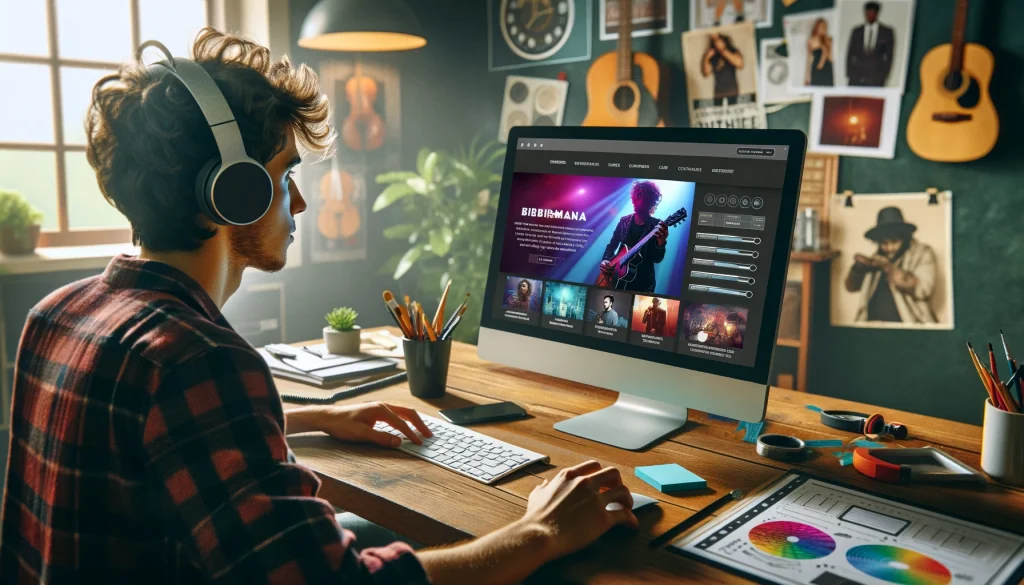
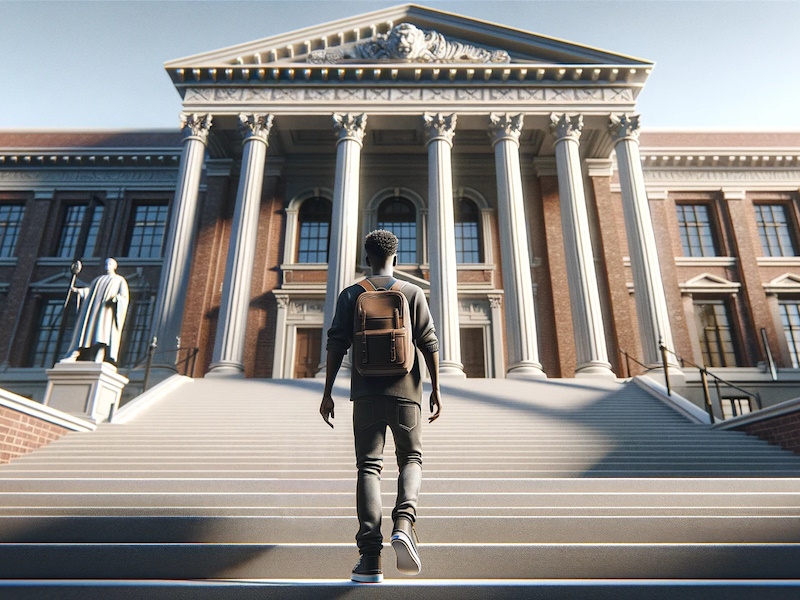
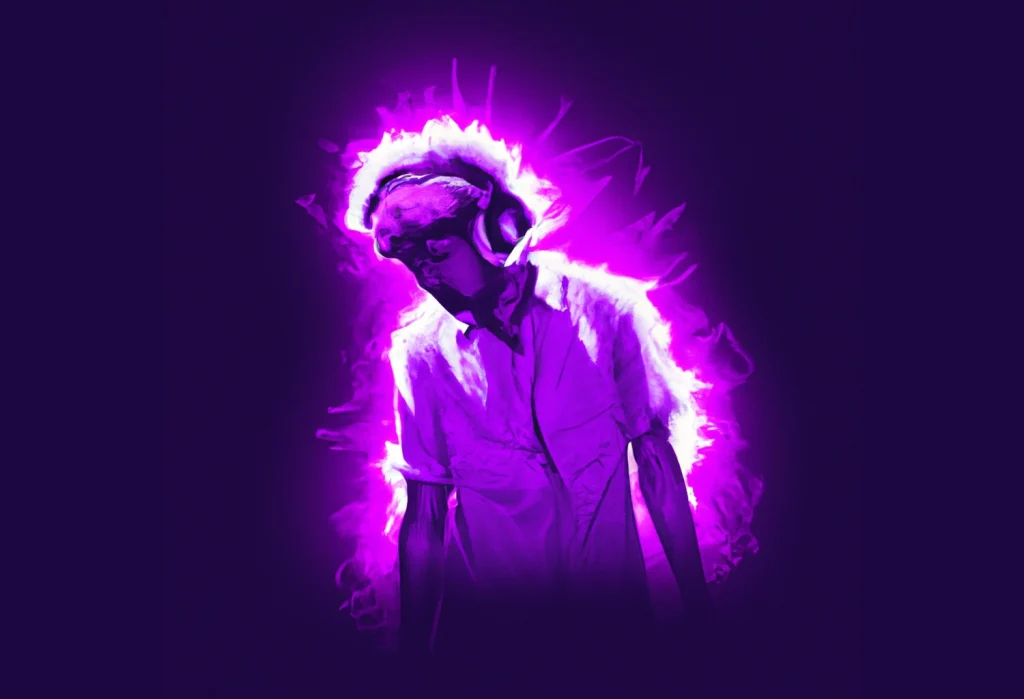

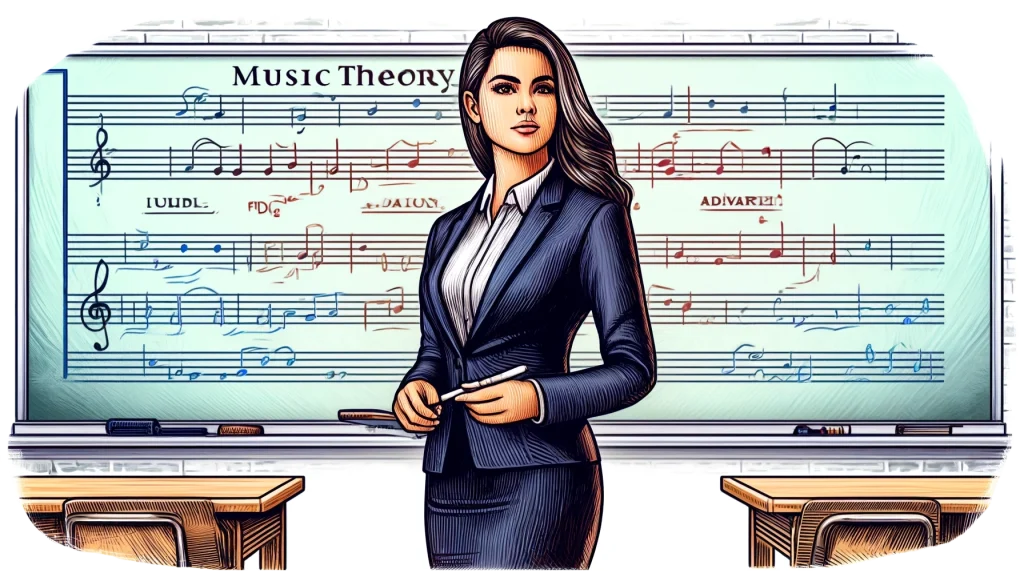
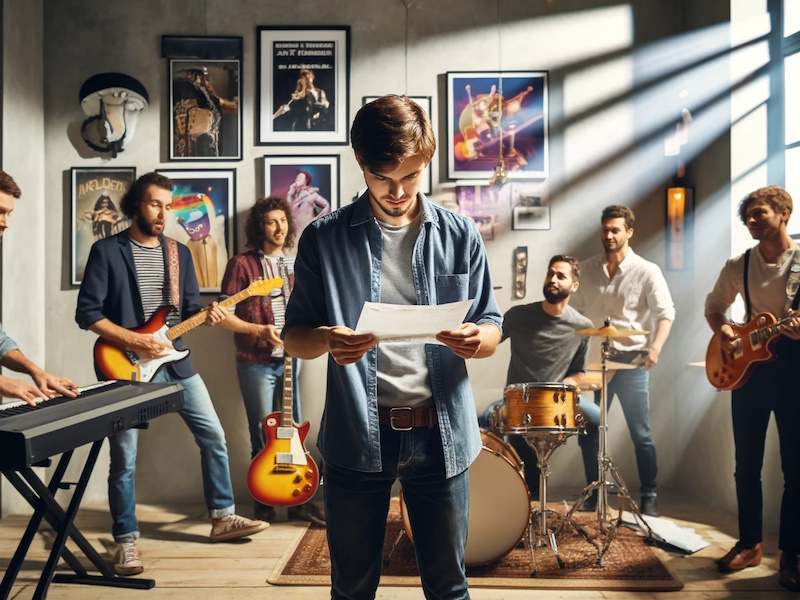

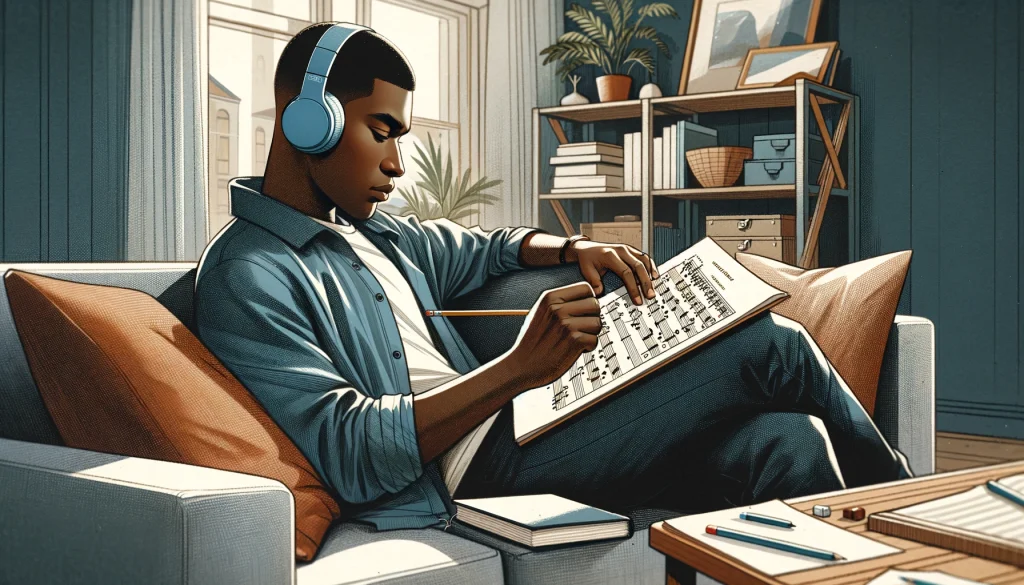

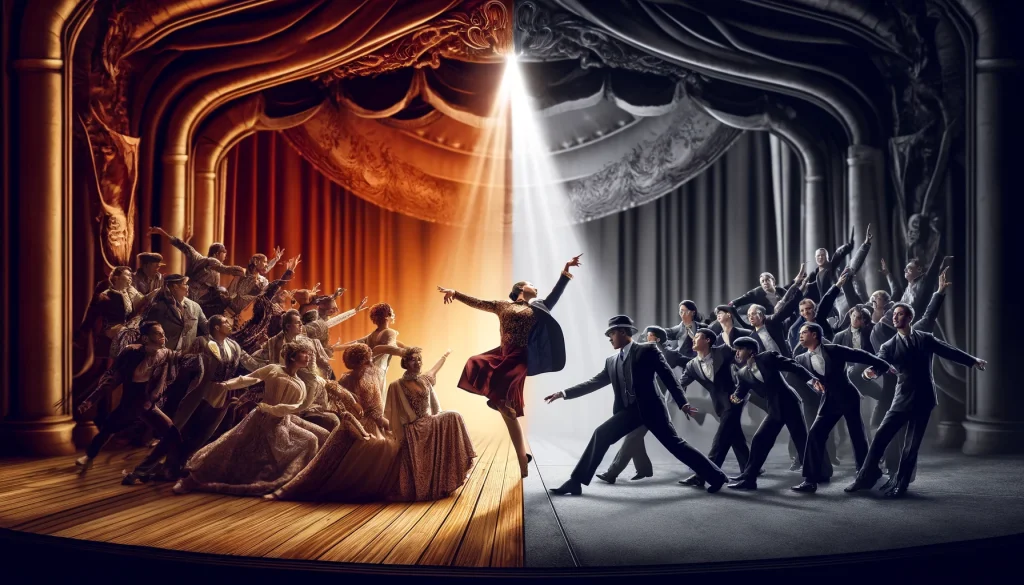
it’s unbelievable how important is this type of art in our lives and how many different genres there are! Opera is my favorite kind of entertainment and I think is very important to know the history behind opera. My favorite kind is of course the classic one. In my country, I usually go once a week to watch an opera performance at the Greek National Opera. See online: nationalopera.gr/en